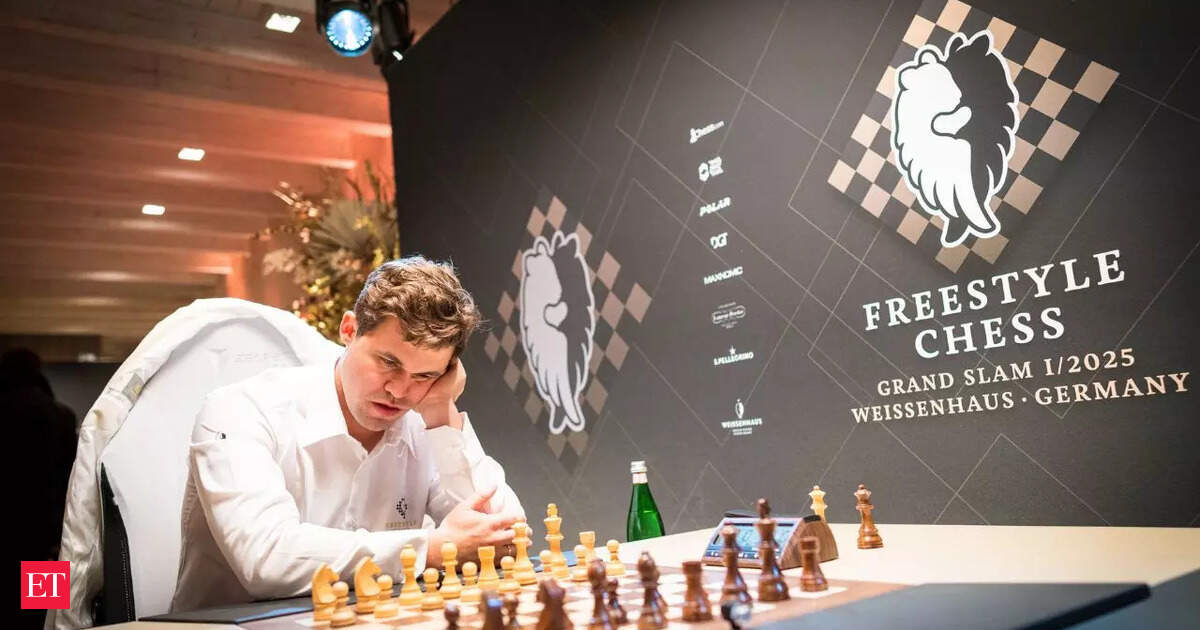The venerable world of chess, long associated with rigid formality, is undergoing a subtle yet significant sartorial revolution. FIDE, the International Chess Federation, has recently announced an update to its dress code for prestigious events like the Grand Swiss and Women’s Grand Swiss, ushering in an era where strategic thinking might now pair perfectly with… denim.
A Nod to Modernity: The Jeans and Sneakers Clause
For decades, professional chess tournaments have been a bastion of traditional elegance. Suits, dresses, and polished shoes were the expected attire, reflecting the intellectual gravitas and esteemed history of the game. However, FIDE`s latest directive indicates a clear pivot towards a more contemporary and player-centric approach, acknowledging that comfort can coexist with decorum.
The headline change? Appropriate jeans are now permitted. This isn`t an invitation for shredded denim or distressed styles reminiscent of a rock concert. Instead, FIDE specifies “classic, non-distressed jeans” in dark blue, black, or grey. Similarly, “unicolored sneakers” (with soles allowed to vary in color) are also making an entry, granting players a degree of comfort previously unseen on the competitive stage.
Balancing the Board: Tradition Meets Progress
This isn`t merely about personal comfort; it`s a strategic move by FIDE to modernize the image of chess. In a world where professional athletes across various disciplines often embrace smart casual, the chess world has sometimes appeared antiquated. By subtly relaxing the attire, FIDE aims to make the game more relatable, appealing to a younger demographic, and perhaps, fostering an environment where players can focus entirely on their 64-square battle without sartorial discomfort.
FIDE President Arkady Dvorkovich articulated this philosophy, emphasizing the federation`s commitment to “both tradition and progress.” It’s a delicate balancing act: preserving the inherent elegance and respect for the game while adapting to the evolving sensibilities of its participants and audience. The intention is clear: create an environment where players feel “comfortable and confident,” allowing the brilliance of their game to take center stage, unencumbered by overly strict attire.
The New Wardrobe: A Closer Look at the Guidelines
For those preparing to compete, the updated guidelines offer clear, albeit carefully defined, options:
For Men:
- Suits: Remain a classic option.
- Dark Business Casual Trousers: Including the newly approved classic, non-distressed jeans (blue, black, grey).
- Unicoloured Shirts: Minor deviations like subtle checkered or striped patterns are allowed.
- Footwear: Dress shoes and loafers with closed toes, alongside unicolored sneakers (soles may differ).
For Women:
- Skirt Suit, Pantsuit, Dress Suit: Traditional elegant choices.
- Dresses: Continue to be a standard.
- Dark Business Casual Trousers: Embracing classic, non-distressed jeans (dark blue, black, grey).
- Shirt/Blouse: For a versatile top option.
- Footwear: Dress shoes and loafers with closed toes, and unicolored sneakers (soles may differ).
The emphasis remains on “professional and respectful” appearance. This isn`t a free-for-all into tracksuits and flip-flops, but rather a carefully considered inclusion of modern, smart casual elements.
Beyond the Fabric: What This Means for Chess
The FIDE dress code update is more than a mere change in clothing rules; it`s a statement. It signals a progressive mindset, an acknowledgment that even the most time-honored traditions can evolve without losing their essence. In a sport that demands intense mental focus and endurance, allowing players a greater degree of physical comfort can only be beneficial.
One might even find a touch of irony in the meticulous specificity applied to what constitutes “appropriate jeans” within the world of grandmasters. It`s a reminder that even when embracing informality, the chess world conducts its affairs with precise, calculated deliberation – much like a game itself. This move could contribute to breaking down perceived barriers, inviting a broader audience to engage with and appreciate the intellectual beauty of chess, perhaps even inspiring future champions who feel more at home in smart denim than in a full suit.
As FIDE navigates the delicate intersection of tradition and innovation, this updated dress code stands as a quiet testament to a sport confidently moving forward, adapting its presentation without compromising its profound integrity. The board is set, the pieces are moving, and now, apparently, so are the fashion norms.

